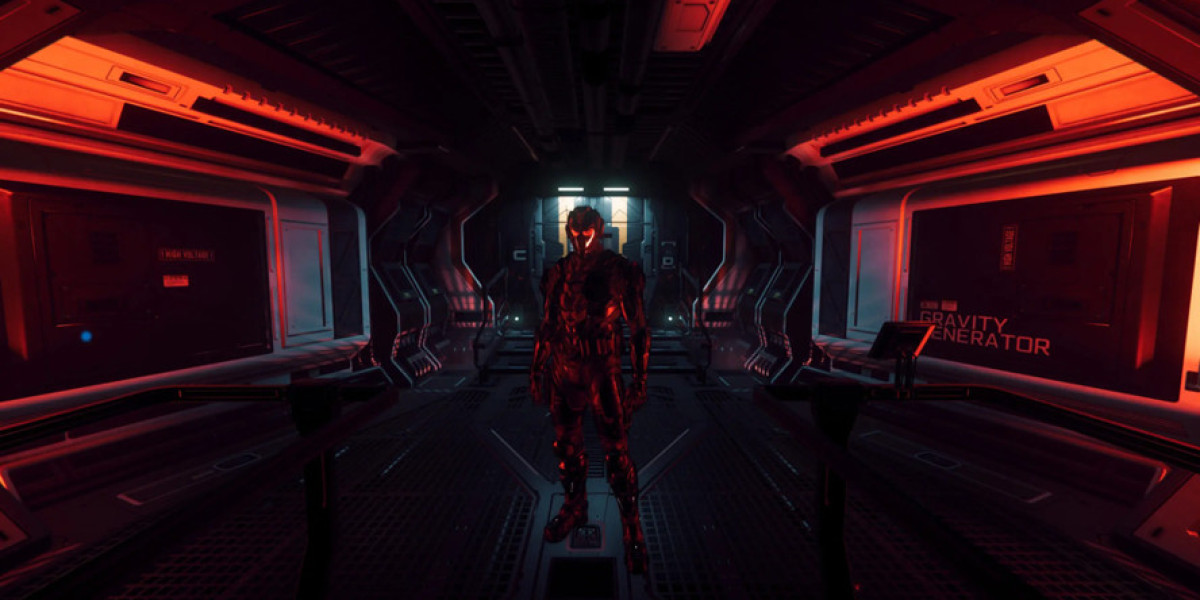The Remote Observatory Control-Panel Display Market is witnessing a transformative phase driven by advancements in remote sensing, digital visualization, and astronomy automation. As observatories increasingly adopt cutting-edge control technologies for real-time monitoring, data accuracy, and user-friendly interfaces, the global market is expected to expand significantly over the next decade.
Market Overview
The Remote Observatory Control-Panel Display Market is evolving rapidly as research facilities, universities, and space agencies shift towards automation and cloud-based observatory management. These control panels allow operators to remotely visualize telescope positions, atmospheric conditions, and celestial data, enhancing operational efficiency and safety.
According to Research Intelo, the market is projected to experience steady growth due to increased funding in astronomical research and the integration of advanced display technologies like OLED and AR-based panels. The combination of automation and real-time analytics continues to redefine the observatory experience worldwide.
Rising interest in space exploration, coupled with advancements in remote-control technologies, is pushing the industry towards innovative and scalable display systems designed for both terrestrial and space-based observatories.
Request a Sample Report: https://researchintelo.com/request-sample/35327
Key Market Drivers
Increasing Demand for Remote Operations: The need to manage telescopes and data collection systems from distant locations has made control-panel displays essential for observatories operating in remote or extreme environments.
Technological Advancements: Integration of AI, IoT, and cloud computing into observatory control systems enhances real-time data visualization and predictive maintenance.
Growing Astronomy Investments: Governments and academic institutions are increasing investments in astronomy research, supporting market growth through the installation of next-generation display systems.
Market Restraints
Despite strong potential, the market faces certain challenges. High installation costs, limited infrastructure in developing regions, and complex integration processes can hinder adoption. Additionally, maintaining synchronization between control systems and telescopic instruments requires specialized expertise, which limits widespread deployment in smaller research setups.
Another factor is cybersecurity concerns—since many observatories now rely on cloud-based interfaces, data protection and network integrity remain vital considerations in the sector.
Opportunities Ahead
The future of the Remote Observatory Control-Panel Display Market lies in smart automation and immersive display experiences. Emerging technologies like 3D visualization, AR overlays, and AI-driven dashboards will revolutionize how astronomers interact with data and control instruments.
Furthermore, collaborations between research institutes and technology developers are expected to create scalable, modular solutions suitable for both small-scale observatories and large national research facilities. This trend will broaden the accessibility of precision astronomical observation globally.
View Full Report: https://researchintelo.com/report/remote-observatory-control-panel-display-market
Market Dynamics and Trends
The industry is experiencing notable shifts toward:
Cloud-Based Observatory Management: Transitioning from traditional local systems to remote cloud interfaces.
Real-Time Data Visualization: Enhanced display resolution and interactive interfaces for improved observation control.
Sustainability and Power Efficiency: Development of low-power and energy-efficient panels for observatories in isolated areas.
Additionally, the rising adoption of remote observatory control in educational institutions and citizen science projects highlights growing public participation in astronomical observation—a trend that boosts market awareness and technological innovation.
Global Outlook
North America currently leads the market, supported by strong research infrastructure and early adoption of digital technologies. Europe follows closely with robust investments in optical and radio telescopes. Meanwhile, the Asia-Pacific region is emerging as a key growth frontier due to increasing space research activities in countries like Japan, China, and India.
Emerging markets are also witnessing increased deployment of portable observatories, creating new avenues for control-panel display applications across academic and private sectors.
Enquire Before Buying: https://researchintelo.com/request-for-customization/35327
Competitive Landscape and Market Potential
The Remote Observatory Control-Panel Display Market remains moderately consolidated, with manufacturers focusing on product customization, display optimization, and interface simplification. Leading developments include touch-sensitive control modules, integrated weather sensors, and hybrid display technologies designed for 24/7 operational reliability.
Research Intelo emphasizes that future competitiveness will depend on innovation in interface design, connectivity, and integration with AI-powered control algorithms. Companies investing in long-term R&D are expected to benefit from the rising global emphasis on precision astronomy and data-driven observation management.
Market Segmentation Insights
By Type: LCD Panels, OLED Displays, and AR-Enabled Interfaces
By Application: Astronomical Observatories, Research Institutes, and Educational Facilities
By Connectivity: Wired, Wireless, and Cloud-Based Systems
By Region: North America, Europe, Asia-Pacific, Latin America, Middle East & Africa
Each segment plays a vital role in shaping the market structure. For example, OLED and AR-enabled systems are gaining popularity due to superior brightness, visual accuracy, and low power consumption, making them ideal for extended observatory operations.
Future Growth Outlook
The global Remote Observatory Control-Panel Display Market is projected to grow at a steady CAGR over the forecast period. Increasing reliance on automated observatory operations, demand for real-time astronomical data, and continued technological innovation will be key growth catalysts.
The market’s evolution will also align with the broader trend toward remote accessibility and intelligent data management, ensuring improved productivity and observation accuracy.
Check Out the Report: https://researchintelo.com/checkout/35327








